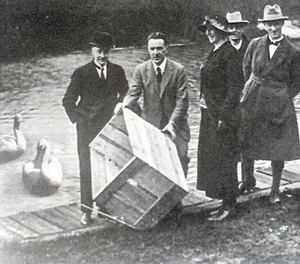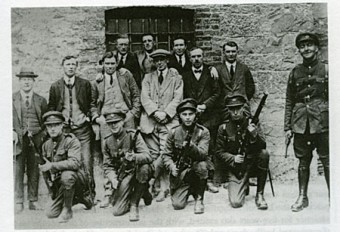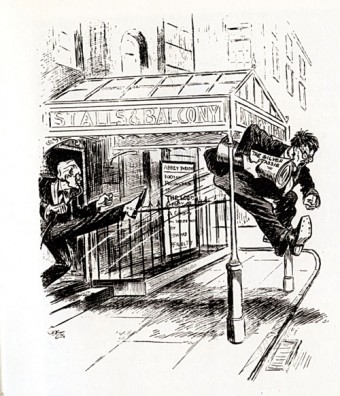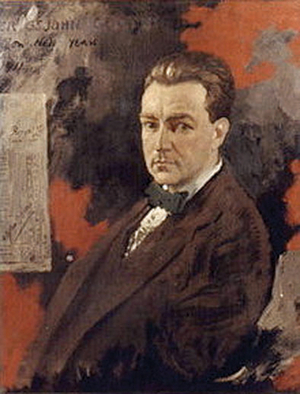Search Results for 'Oliver St John Gogarty'
10 results found.
The strange exile of a disillusioned ‘Buck Mulligan’

Following his narrow escape from Republican forces, who were intent on killing him by the banks of the Liffey that cold night in January 1923, Oliver St John Gogarty wisely took himself off to London. He immediately became the toast of polite society there who delighted in his stories and witty conversation.
Colourful Gogarty escapes death by a whisker

A precocious and cleverly witty Trinity student in a yellow waistcoat, Oliver St John Gogarty, was to become a close friend of Sinn Féin's founder Arthur Griffith. At its first historic meeting, November 28 1905, Gogarty proclaimed against the 'tyranny of the British government', in the grand manner of a Cicero addressing the Roman senate. But so moving and compelling were his words that when Griffith reported the meeting in his newspaper The United Irishman, Gogarty's speech was the only one he quoted. And he did so at length.
Celebrating one hundred and thirty years of hospitality at Renvyle House Hotel

2013 marks the 130th anniversary of the Renvyle House Hotel and the 60th year of the Coyle family ownership of the facility.
Firing squads bring Civil War to a close

The Civil War in Galway came to an end because there was little appetite for further bloodshed in the face of ruthless determination by the Free State, or the pro-treatyites, to stamp out the anti-treaty forces. The Free State government warned that anyone carrying weapons other than the National Army, would be shot. Eleven Galway anti-treatyites were shot by firing squad. On January 20 1923 Martin Bourke, Stephen Joyce, Herbert Collins, Michael Walsh, and Thomas Hughes, all attached to the North Galway IRA Brigade, were arrested and executed in Athlone. On February 19 eighteen volunteers were arrested in Annaghdown, and brought to Galway gaol. It was given out that all were ‘well armed’. Even though it was expected that all, or a number of them, would be shot, nothing happened.
Sean Tyrrell, discovering Who Killed James Joyce

IN WHAT promises to be one of the highlights of this year’s Cúirt, singer-songwriter Sean Tyrrell will premiere his new show Who Killed James Joyce, inspired by the poems and life-stories of some of Ireland’s foremost poets, both past and present.
A missed opportunity

There is often more drama in the board room of the Abbey Theatre, Dublin, than what is presented on its stage. Following a famous conversation in Doorus House, Kinvara, one rainy afternoon in 1897, Lady Augusta Gregory of Coole Park, Edward Martyn of Ardrahan, and the young poet WB Yeats agreed to set up the Irish Literary Theatre. Theatre at the time was mainly influenced by the popular British music hall variety; and melodrama. It was agreed that day in Co Galway that the new Irish theatre would ‘embody and perpetuate Irish feeling, genius, and modes of thought’.
Oliver St John Gogarty Literary Festival
THE SECOND annual Oliver St John Gogarty Literary Festival will be held in Renvyle House - the former house of the writer - in Renvyle, Connemara, and will run from Thursday November 6 to Sunday 9.
Anne of Coole Park

I brought her a bag of apples on our first ‘date’. Not very romantic, I hear you say. True. And not very generous. Also true (Tesco special offer – one pound for a ‘family bag’). I was merely continuing a tradition. She was Anne Gregory and during her childhood at Coole Park, “every year John Quinn, Grandma’s great friend in New York, used to send a great case of apples to us.” So it is recorded in Anne’s beautiful book Me and Nu, Childhood at Coole. ‘Nu’ was Anne’s sister, Catherine. If you haven’t read Me and Nu, treat yourself to a copy for the New Year. It is still in print after nearly 40 years.


